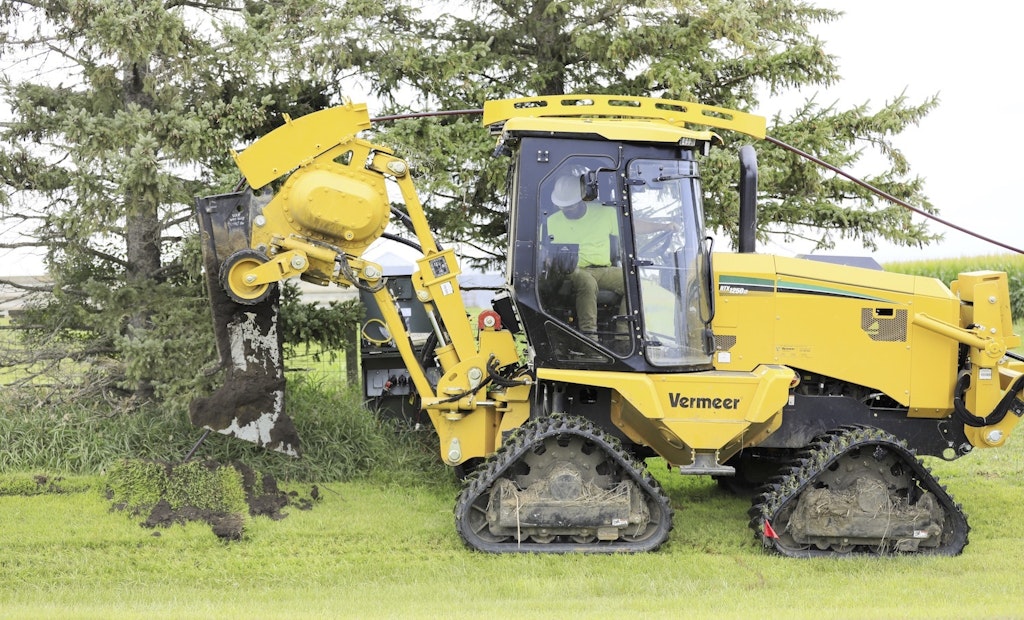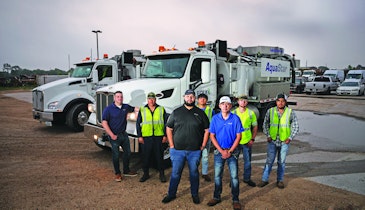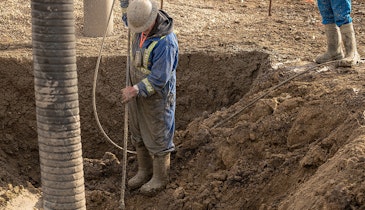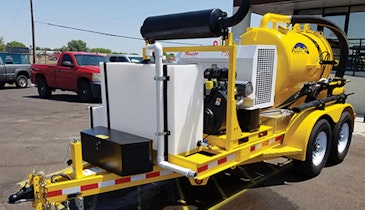Interested in Drilling?
Get Drilling articles, news and videos right in your inbox! Sign up now.
Drilling + Get AlertsWhether an underground crew is installing fiberoptic, conduit, cable, electrical, gas or water lines, choosing the right installation method is imperative to help maximize productivity. While estimating a project, contractors should ask themselves, “What’s the right installation method for this project?”
According to Ed Savage, product manager at Vermeer Corporation, there has been a significant shift toward horizontal directional drilling in the utility industry, but there are still many instances where open-cut methods including trenching, plowing and microtrenching are a more cost-effective and efficient method. “For many contractors, the installation method they utilize is driven by the equipment in their fleet,” Savage explains. “While specializing is good for contractors, adding additional installation services can help grow their business.”
Savage says while many contractors consider the various open-cut methods to be very similar, several factors should be considered before choosing one way over another. Those considerations include:
- Ground/soil conditions
- Installation depth
- Size and type of utility
- Existing infrastructure
Pros and cons of plowing
“For direct bury or small poly conduit in soft/loamy soil conditions, a vibratory plow is typically the fastest installation up to around 42 inches in depth,” Savage says. “The product is usually installed in a single pass, and there is a lot less restoration work required afterward.”
However, there are limits to just how much a vibratory plow can do. Savage says there are some plows that can go deeper than 42 inches (up to 48 inches), but the soil conditions have to be ideal and the size of the tractor required to pull that deep may make it a less-efficient option at that point. Plows also have a more limited trench width than trenchers.
Pros and cons of trenching
Trenchers come in a broader range of sizes, adapt better to various applications, can dig deeper and handle a wider range of soil types than vibratory plows. “While trenching will work in a greater range of environments and project types, the overall process takes longer than plowing,” Savage says. “Trenching jobs require more restoration work after the product is in the ground and contractors may need to bring in additional equipment to complete that portion of the job.”
Trenching is an excellent option for utilities that need to be set on-grade and have a large diameter, he adds.
What about micro or nano trenching?
These methods work well on fiberoptic or small conduit jobs because they are often more cost-effective and can take less time than other installation methods. A micro or nano trencher is used to open a narrow and shallow trench in an asphalt roadway, usually in the seam between the asphalt road and concrete curb/apron.
“In many cities, the underground right-of-way is becoming crowded,” Savage says. “Micro or nano trenching allows contractors to avoid other utilities, and future repairs to damaged lines can be easier to access.”
Making the right choice
Some jobs utilize only one installation method, but ground conditions can fluctuate, and installation depths can vary. For projects like these, contractors shouldn’t limit themselves to just one method. “The right method is the one, or sometimes two methods, that allows a crew to maximize productivity while still maintaining the highest safety standards,” he says. “That may mean a crew uses a vibratory plow for the majority of a project, but uses a trencher in more challenging soil types or a horizontal directional drill to go under roadways.”
When choosing between trenching, plowing, micro/nano trenching or drilling, understanding the installation options available can help lead to better decisions and a more successfully completed job. To learn more about your options, reach out to your local Vermeer dealer, or visit Vermeer.com.






